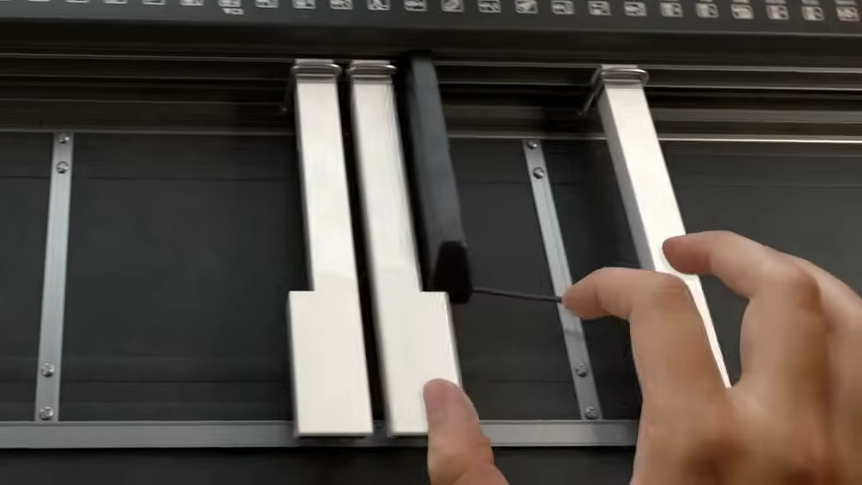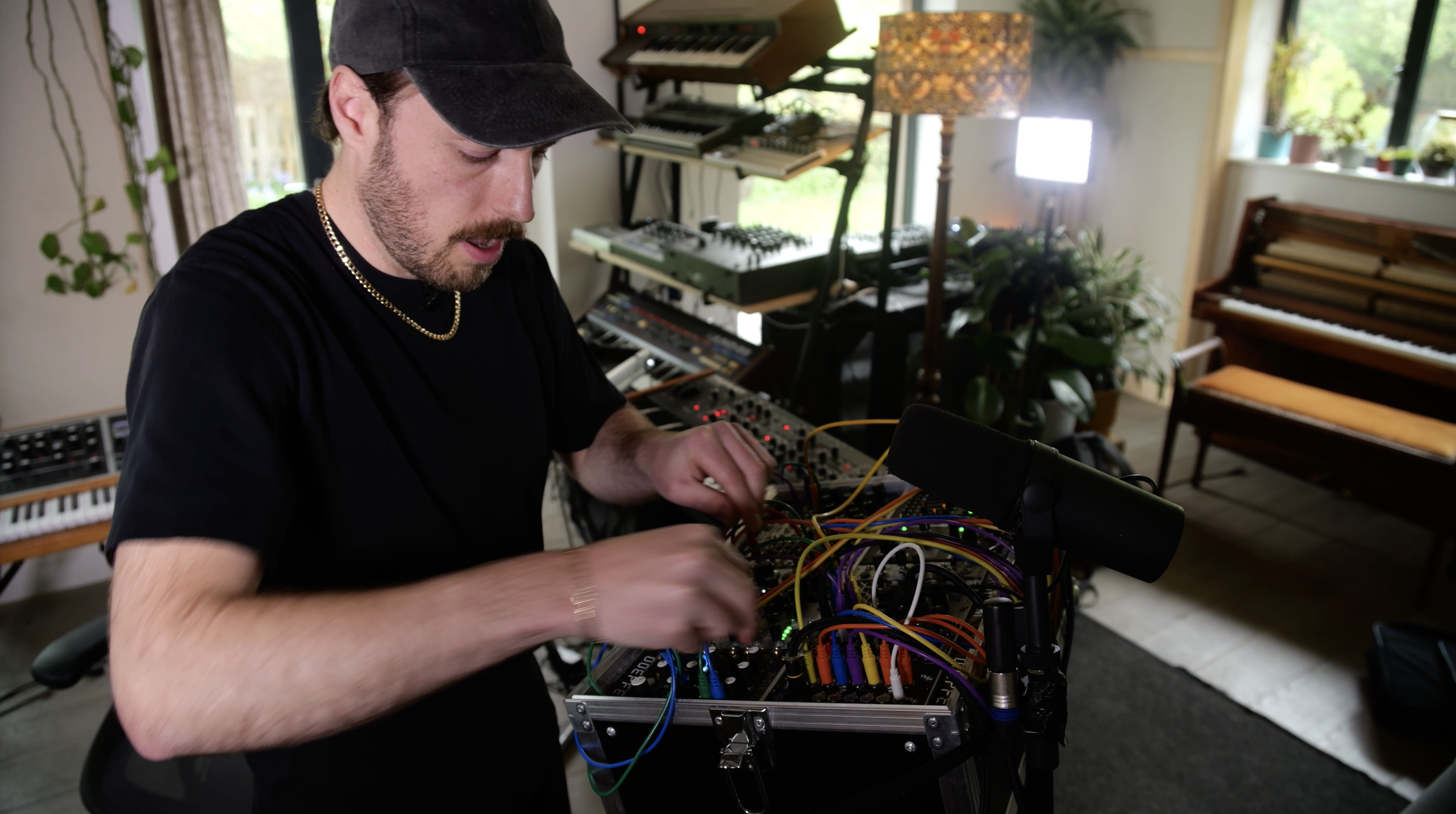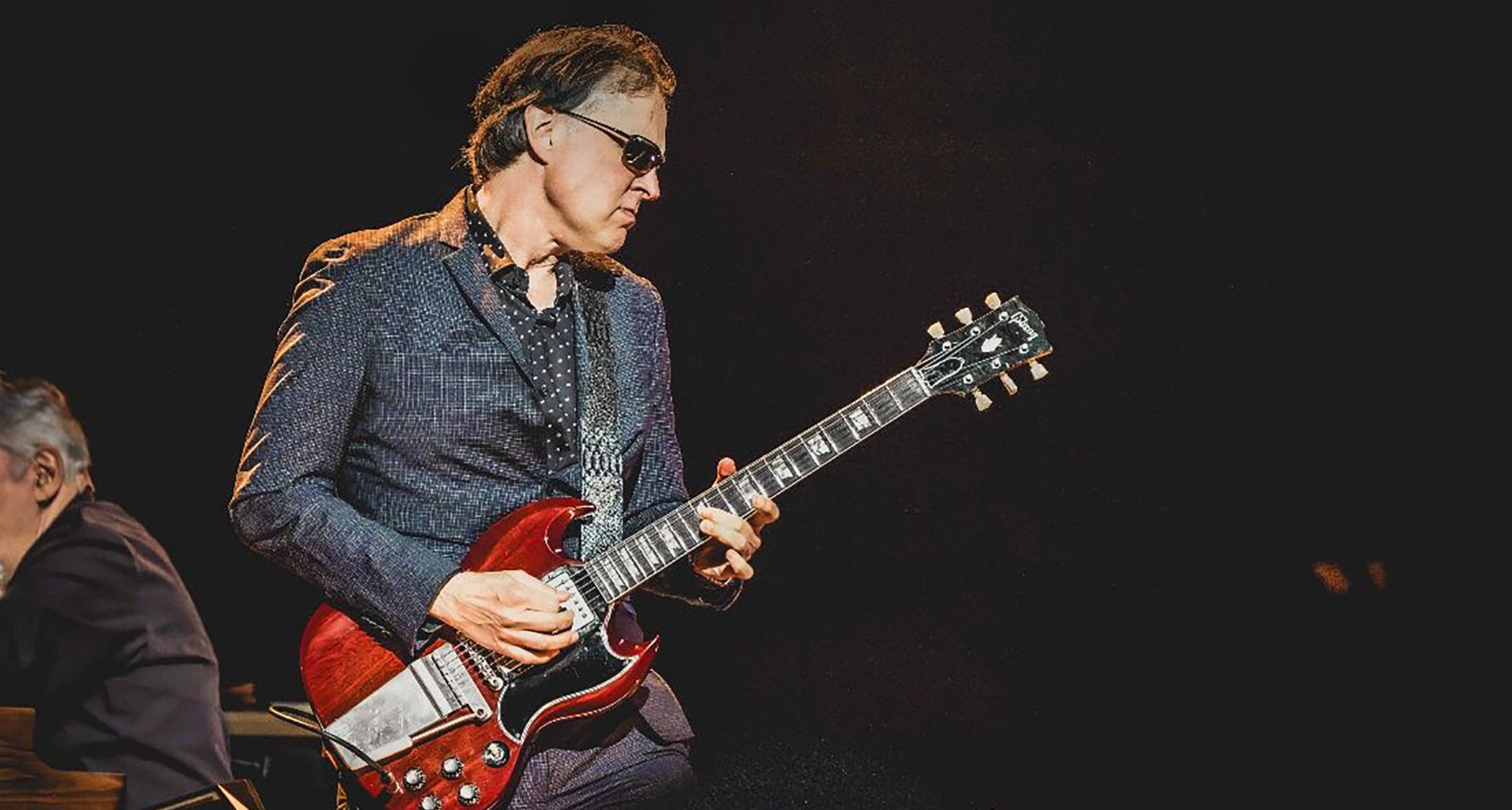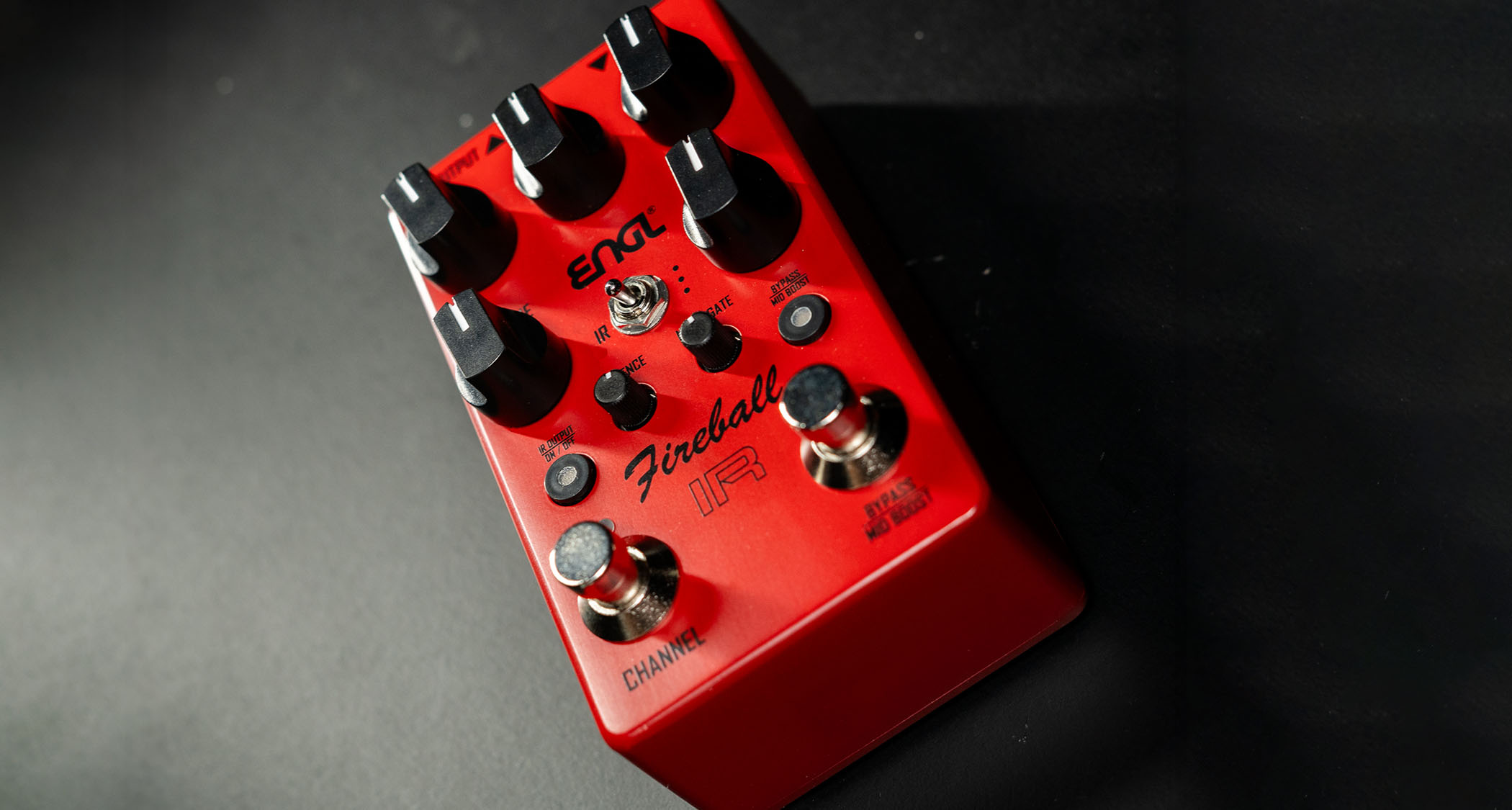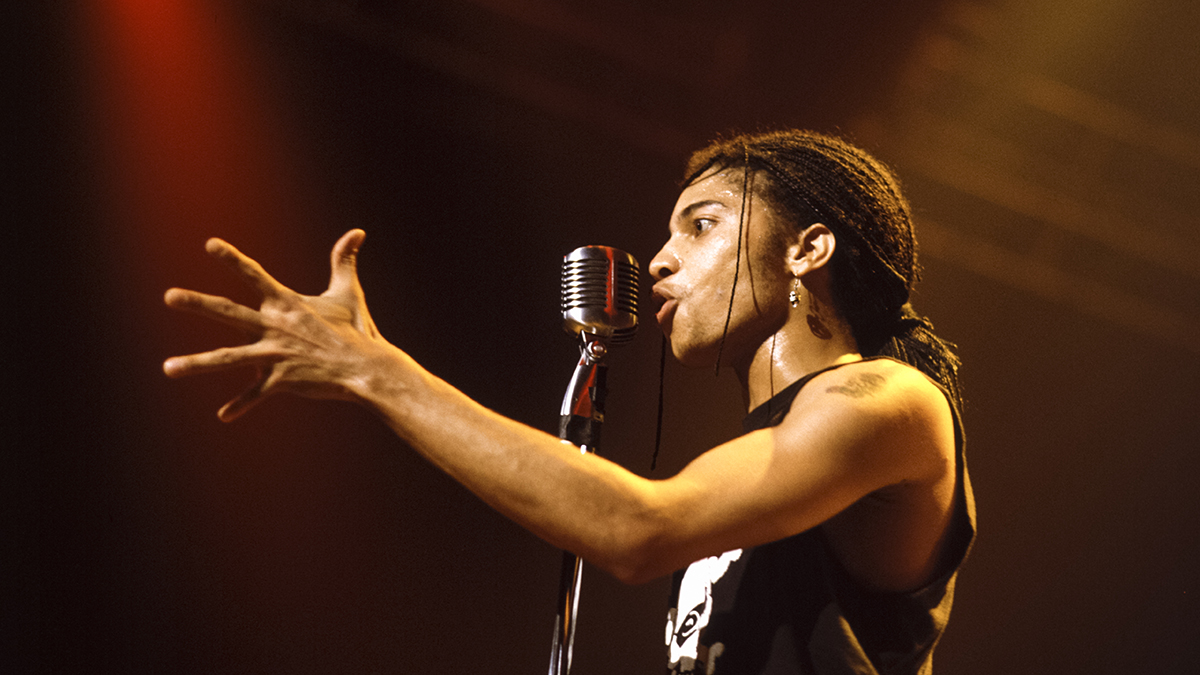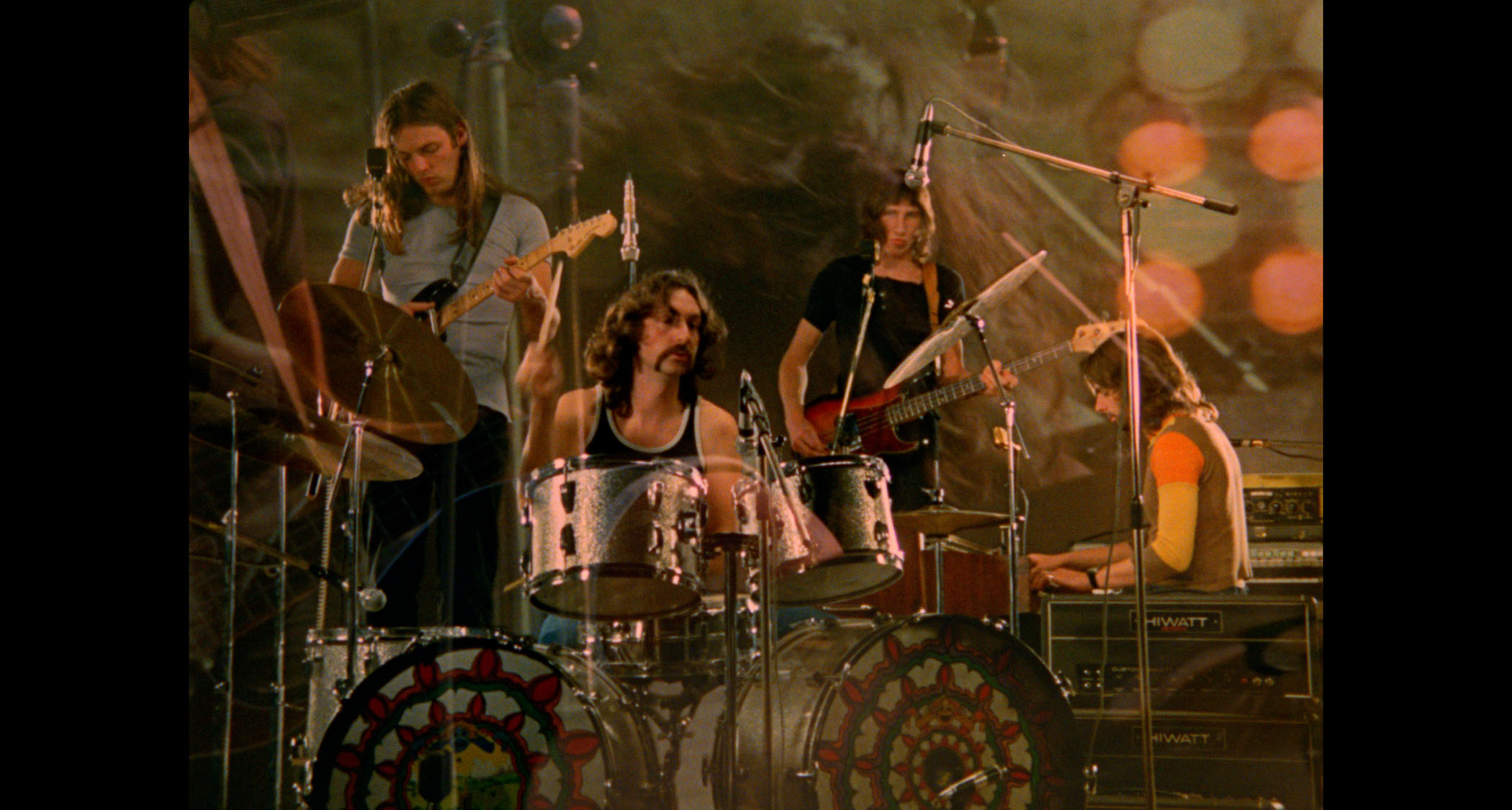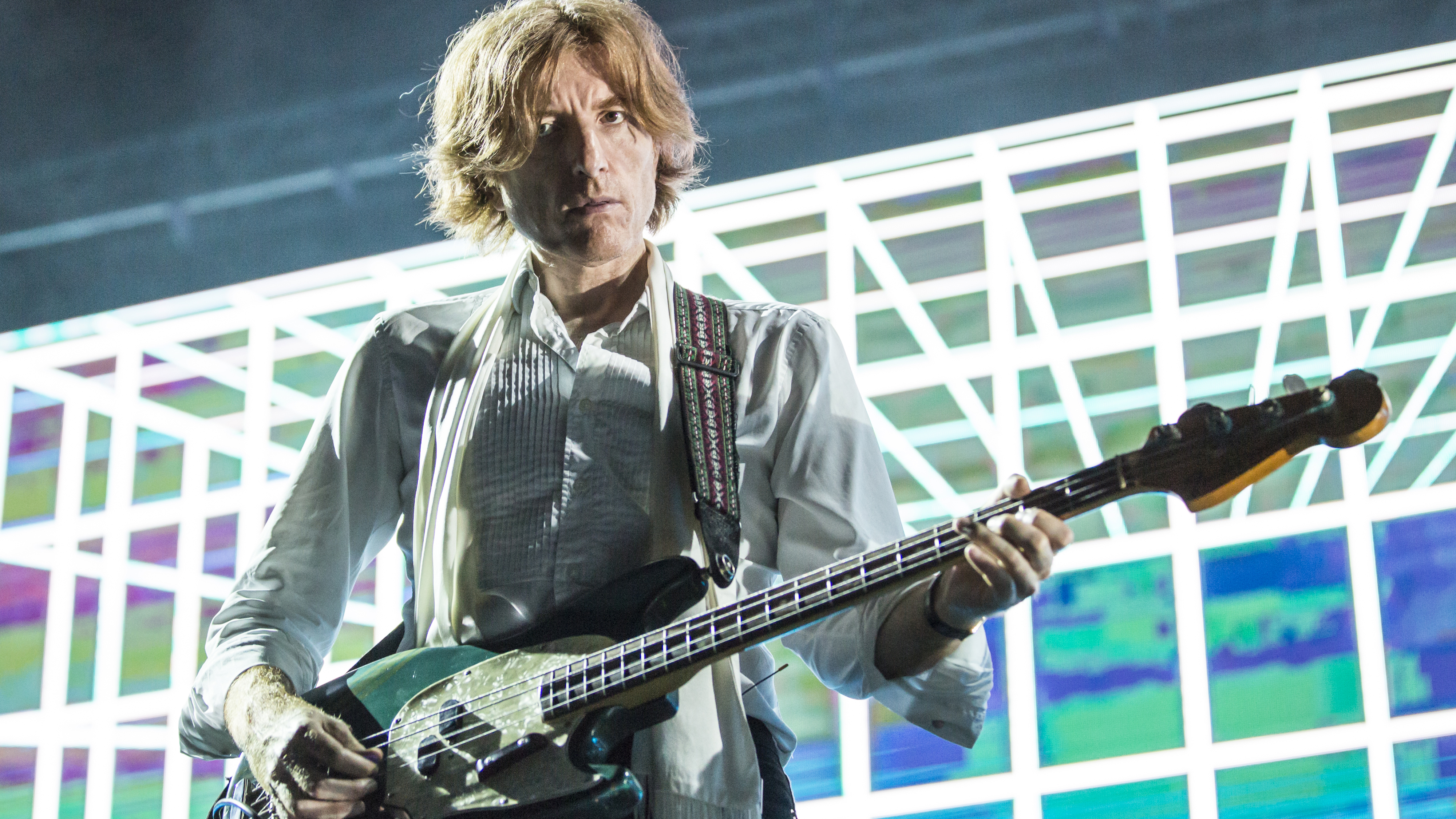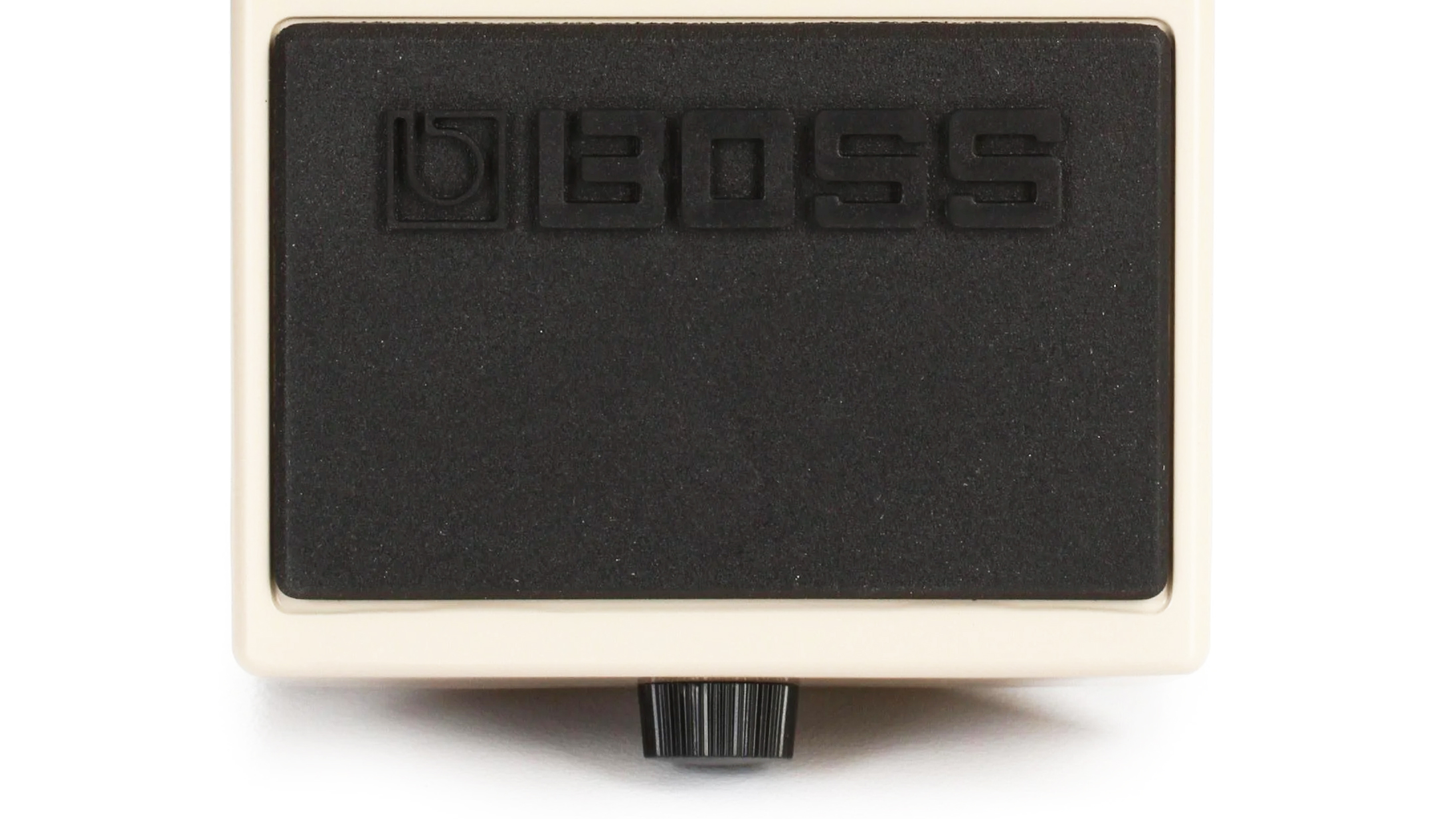
"When you think about it, when you're recording, what the human ear's picking up on when you talk about guitar tones, there's only a couple of factors of what's coming through those speakers that really make a difference," explains session guitarist Tom Bukovac in a new video with YouTuber and guitar teacher Robert Baker. "Most of it is the EQ".
An EQ pedal isn't sexy, it's not cool – people don't pine after them. But when a session musician of Bukovac's calibre says it "completely changed everything for them", they need serious consideration. And we already know Brent Mason feels the same.
"Another important factor is the amount of overdrive. The two main things your ear is picking up on when you're sitting in front of studio monitors hearing a guitar sound is the EQ curve of it and how much gain it has."
Being able to control these factors is crucial for Bukovac to attain his overall aim. "What I try to do is get sounds on tape that sound good and sound right in the track without having to turn the fader up," he explains in the video above. "If you have to turn the fader up on the console too far to make something sound good, it's the wrong sound."
In many situations, your guitar is part of a mix of instruments. Stumbling in and hoping for the best isn't an efficient way to work in such a situation, which is where EQ-shaping becomes so important for the guitar to sit well in context.
You can dial up an amazing sound, that sounds incredible – rich, full… and then as soon as the band starts playing and the bass comes in, it sounds like an AM radio. Why is that?
"I don't care what the guitar sounds like on its own," says Bukovac. "I care what it's doing in the mix. What it's surrounded by is as important as the sound itself."
What he says next is painfully relatable for me, and many other guitarists I wager.
Get the MusicRadar Newsletter
Want all the hottest music and gear news, reviews, deals, features and more, direct to your inbox? Sign up here.
"You can dial up an amazing sound, that sounds incredible – rich, full… and then as soon as the band starts playing and the bass comes in, it sounds like an AM radio. Why is that? Why doesn't it sound as awesome as it did when it was by itself? Do you know the answer? Phase cancellation from the other instruments."
Bukovac illustrates this point of the relationships between instruments in a track with AC/DC – the guitars don't sound big because they have a big sound necessarily, the bass is smaller. "If you tried to get a louder, more modern bass sound on those records and turned it up more, those guitars would get smaller, and smaller and smaller. Those records were made and mixed with that in mind – the guitars sound amazing. Van Halen records are the same way – the bass isn't loud, it can't be, because [Eddie Van Halen] wanted a giant guitar sound."
The EQ pedal come into play for Bukovac after the bands starts playing; he tweaks his sound while the other instruments are playing, working to fit into the mix. And he's keen to stress that it's not just a mid-range boost pedal for solos.
What I'm actually looking for is holes in the mix
"Adding the right EQ for guitars when it fills in the picture and everyone goes, 'Yes', that sounds like a record," is the overall aim says Bukovac.
"What I'm actually looking for is holes in the mix," he adds of his approach to tracking guitars. The principal of finding and filling, but not overloading frequencies applies to the practice room too. Ever felt like you can't be heard, no matter how high your turn up and matter your ears? It's a frequency thing. And first you need to let go of this fixation of getting a great isolated guitar sound because it's not relevant. Of course, that's not an easy thing to let go of as a musician.
"Some of the best sounds I've ever got on record, they're not good in the classic sense of you solo them up," admits Bukovac.
Bukovac says he has four different equalizer pedals in circulation for sessions. Including the 7-band graphic EQ of the Boss GE-7, and others with the deeper control of parametric EQ.
The Boss unit is reasonably priced too, and also has another advantage.
"For years I was looking for the perfect boost pedal and trying all these pedals," adds Bukovac. "Then I realised one day that just boosting the mids and the output of the GE-7 is better than any boost pedal is ever gonna be. And you can sculpt where you want the boost to be.
"But I do way more than just that with EQs," he confirms later. Tom's GE-7 is modded by Analog Man for more midrange control, but he stresses the stock ones are just fine as they are. "I'm happy with any GE-7, modded are not," he says.
In the video above Tom Bukovac demonstrates the ways he will shape the GE-7 for specific needs – including a tiny Tweed Champ-style sound. "I use that all the time, and this pedal has enough gain on it that it will run you out of the room… this thing is so loud."

Check it all above and subscribe to get updates on more videos on Robert Baker's YouTube channel, as well as Tom Bukovac's excellent Home Skoolin' series.

Rob is the Reviews Editor for GuitarWorld.com and MusicRadar guitars, so spends most of his waking hours (and beyond) thinking about and trying the latest gear while making sure our reviews team is giving you thorough and honest tests of it. He's worked for guitar mags and sites as a writer and editor for nearly 20 years but still winces at the thought of restringing anything with a Floyd Rose.
"The Rehearsal is compact, does its one job well, and is easy to navigate without needing instructions": Walrus Audio Canvas Rehearsal review
“The EP635 delivers the unmistakable high-gain aggression and clarity that Engl fans love”: Engl packs its iconic Fireball head into a compact dual-channel stompbox with onboard noise gate and IR support


